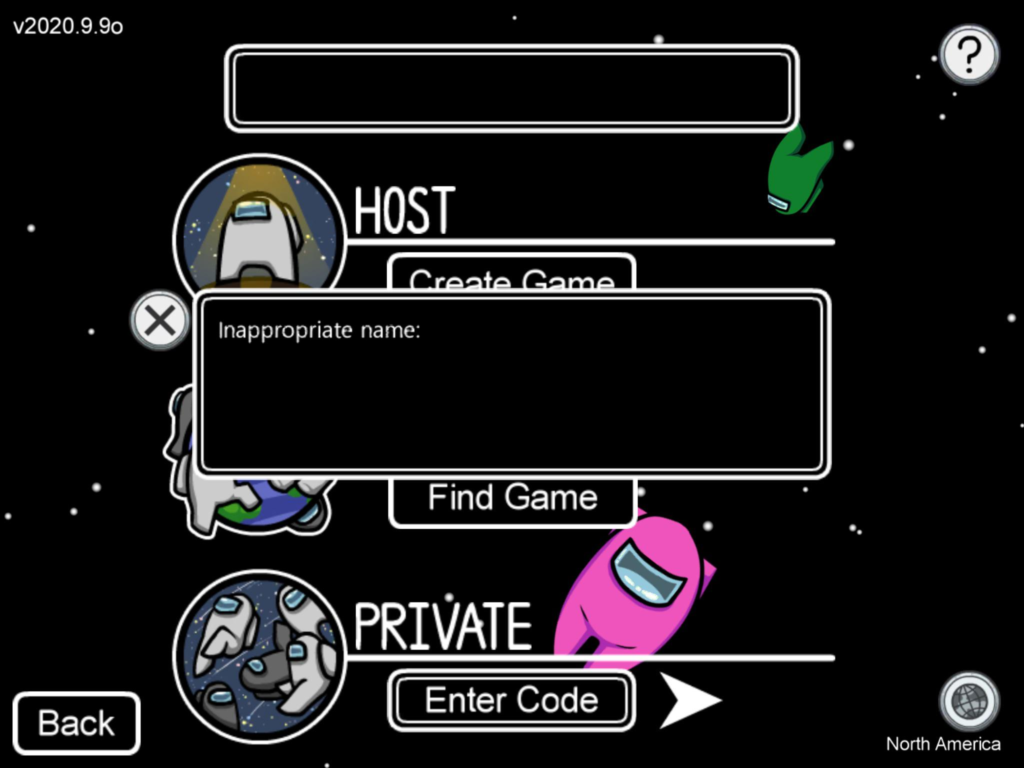Unicode Spaces 3164: A Useful Tool for Working with Hangul
Unicode spaces 3164 is the code point for the Hangul Filler character.A non-space character, which appears as a distinct blank space, is the Hangul Filler character’s display. It finds application in introducing eight-byte Hangul composition sequences and substituting for a missing element, typically an empty final, within said sequence.

The Hangul Filler character is represented as a square with a horizontal line through the center in most fonts. It is not a space character in the traditional sense, as it does not take up any horizontal space. However, it is a valid character in Unicode and can be used in text files, web pages, and other applications.

Here are some examples of how the Hangul Filler character can be used:
- To introduce an eight-byte Hangul composition sequence, the Hangul Filler character is placed before the first byte of the sequence. For example, the Hangul sequence for the syllable “가” is “ㄱ” + “ㅏ” + “Filler”.
- To stand in for an absent element in an eight-byte Hangul composition sequence, the Hangul Filler character is placed in the place of the absent element. For example, the Hangul sequence for the syllable “거” is “ㄱ” + “ㅓ” + “Filler”.
- To create a blank space in a text file or web page, the Hangul Filler character can be used. However, it is important to note that the Hangul Filler character is not a space character in the traditional sense, so it will not take up any horizontal space.
The Hangul Filler character is a useful tool for working with Hangul text. It can be used to introduce eight-byte Hangul composition sequences and to stand in for absent elements in such sequences. It can also be used to create blank spaces in text files and web pages.

